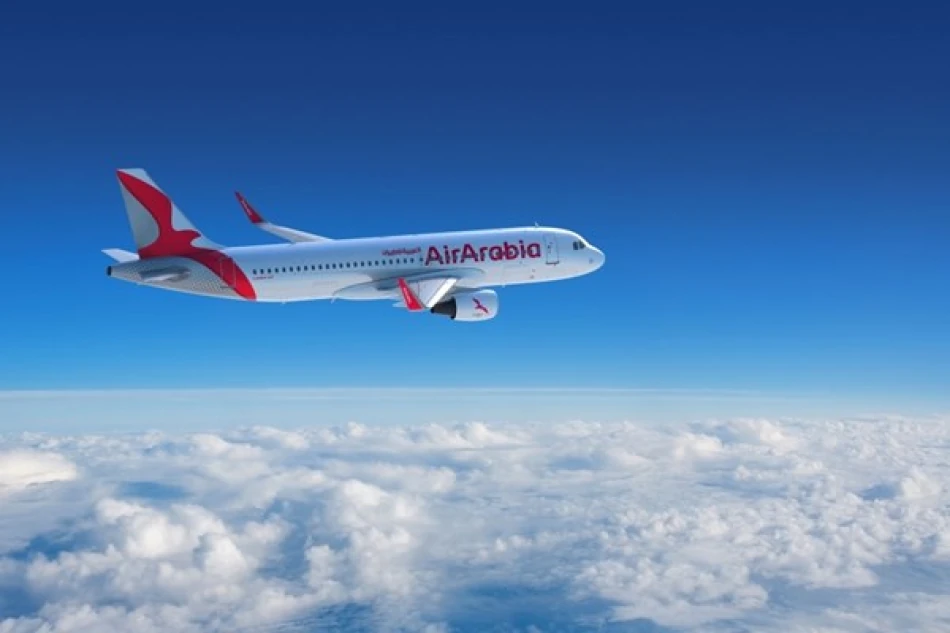
Abu Dhabi-Based Airline Boosts Operational Capacity by 40% by 2025
Air Arabia Abu Dhabi Doubles Down on Growth with 40% Fleet Expansion
Air Arabia Abu Dhabi is positioning itself as a major player in the UAE's competitive aviation market, announcing a significant fleet expansion that will boost its operational capacity by 40% through 2025. The low-cost carrier's aggressive growth strategy reflects broader confidence in Abu Dhabi's economic diversification efforts and the region's post-pandemic travel recovery.
Strategic Fleet Expansion Targets Regional Connectivity
The airline has added two new Airbus A320 aircraft to its fleet, bringing the total to 12 planes, with plans to introduce two additional A320s before the end of 2025. This expansion represents more than just numerical growth—it signals Air Arabia's commitment to establishing Abu Dhabi as a viable alternative hub to Dubai's aviation dominance.
Adel Al Ali, CEO of Air Arabia Group, emphasized that the fleet enhancement aligns with the company's strategic expansion plans and reflects their ongoing commitment to improving operational efficiency while expanding their destination network to meet growing demand for budget air travel to and from Abu Dhabi.
Market Positioning in a Competitive Landscape
Since its launch in 2020, Air Arabia Abu Dhabi has been carving out its niche in a market dominated by premium carriers like Emirates and Etihad Airways. The timing of this expansion is particularly strategic, as the airline capitalizes on the global shift toward budget-conscious travel following the pandemic's economic impact.
The carrier currently operates direct flights to over 30 destinations across the Middle East, Africa, Central Asia, the Indian subcontinent, and Eastern Europe. Recent route additions to Yerevan, Almaty, and Sialkot demonstrate the airline's focus on connecting Abu Dhabi to emerging markets and underserved destinations.
Economic Implications for Abu Dhabi's Aviation Strategy
This expansion aligns with Abu Dhabi's broader economic diversification strategy, which aims to reduce dependence on oil revenues by developing tourism, trade, and logistics sectors. The 40% capacity increase directly supports the emirate's goal of attracting more business travelers, residents, and tourists.
For investors and industry observers, Air Arabia Abu Dhabi's growth trajectory indicates strong confidence in the UAE's aviation market fundamentals. The low-cost carrier model has proven successful across Asia and Europe, and the Middle East represents one of the last major regions where budget airlines are still gaining market share.
Regional Competition and Future Outlook
The expansion puts Air Arabia Abu Dhabi in direct competition with other regional low-cost carriers like flydubai and Jazeera Airways. However, the airline's strategic positioning in Abu Dhabi—with its growing business district and cultural attractions—provides unique advantages in targeting both leisure and business segments.
The airline's focus on Eastern European and Central Asian routes also positions it well to capture traffic from markets that are less saturated by premium carriers, potentially offering higher margins and growth opportunities as these economies continue developing.
Most Viewed News

 Layla Al Mansoori
Layla Al Mansoori






